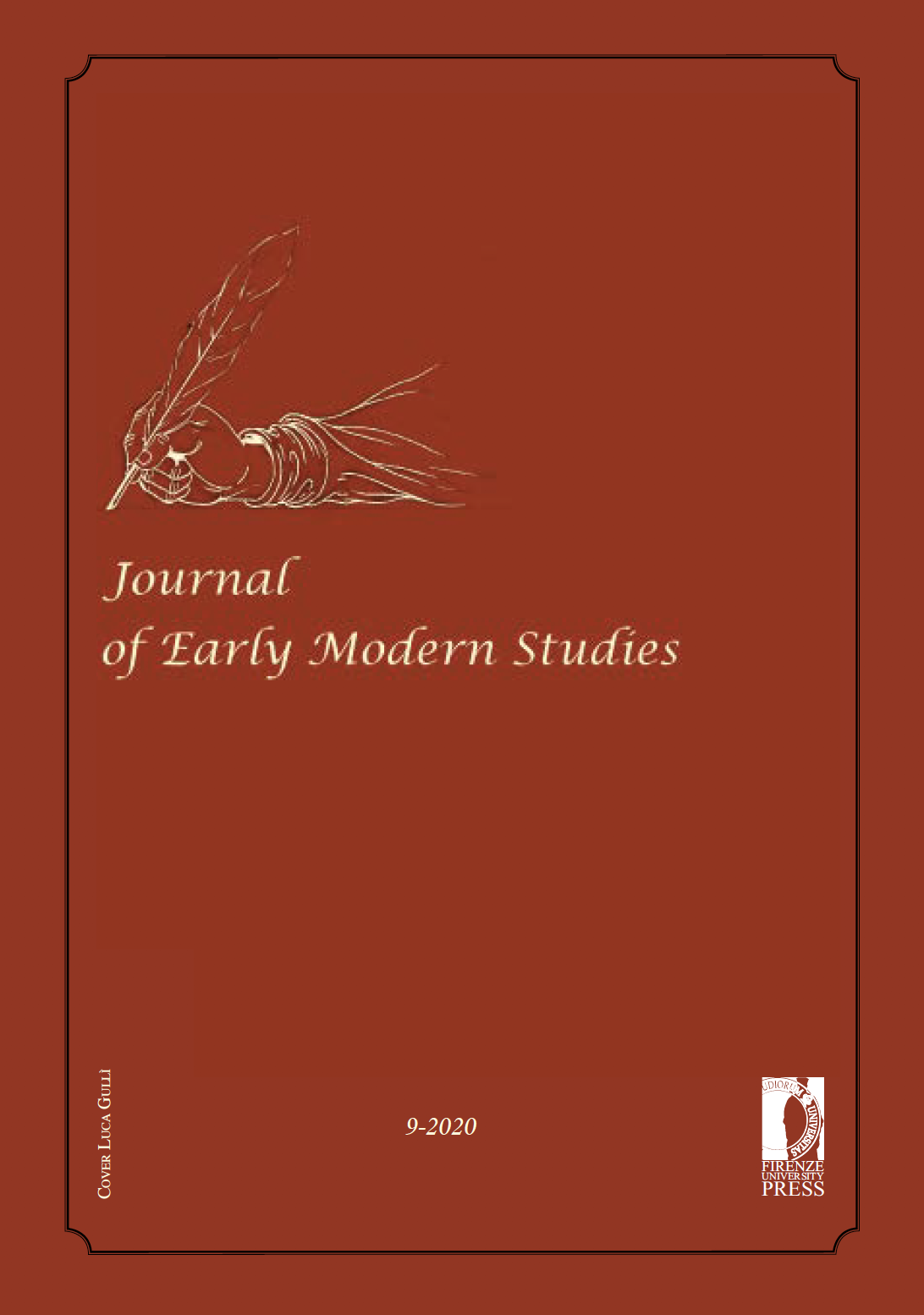Published 2020-03-07
Keywords
- Futures,
- Graffiti,
- Histories,
- Local,
- Theory
How to Cite
Abstract
Historical graffiti survives in much greater quantities than has hitherto been understood. For those with eyes to see it, the technologies to restore it to visibility, and the patience to learn to read it, graffiti can be found everywhere. Graffiti is also a phenomenon of current consequence that continues to produce and constitute archives of immense historical importance. But there is nothing singular about it, and its global history – which might be said to run from Upper Paleolithic hand stencils (40,000 CE) to the present – could never be written. For those who study graffiti are quickly confronted with the contingency of our own concepts: starting with ‘writing’, and including ‘art’, ‘public/private’, ‘property’, ‘authorized/unauthorized’, ‘literate’ and ‘literacy’, ‘authenticity’, ‘spontaneity’, ‘signature’, ‘author’, ‘criminal’, and ‘popular’. Our task – which is already immense – is to develop site-specific protocols that will allow us to identify, read, and preserve without judgment the astonishing archives that are comprised by graffiti as it occurs at local sites, within local writing economies or ‘graphospheres’.


